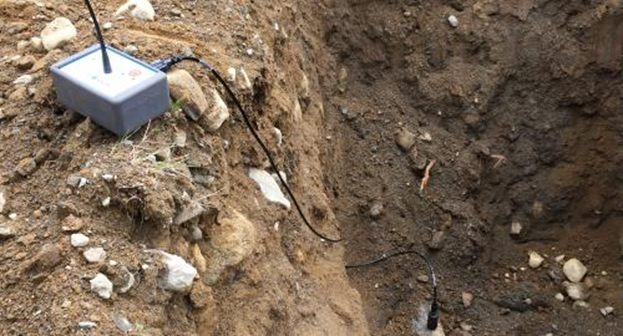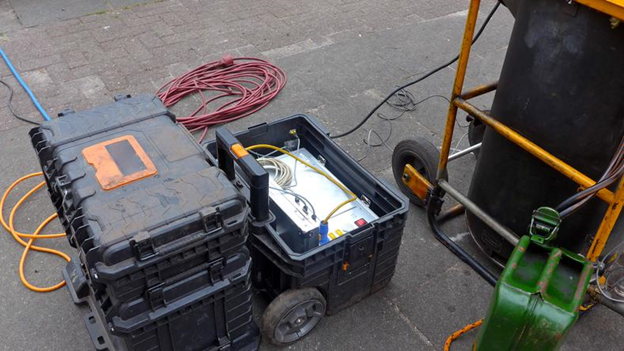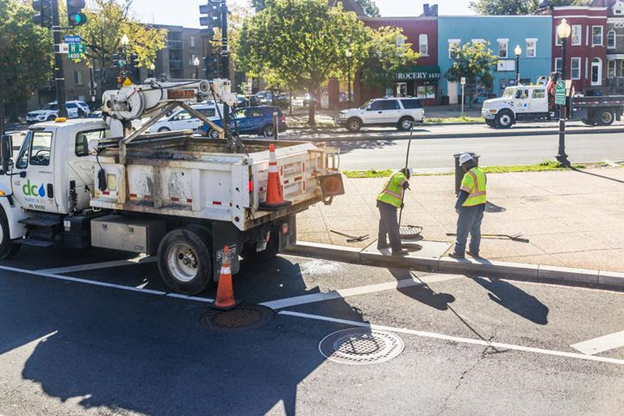Water is one of our greatest resources. Yet when it comes to ensuring that our growing population has clean drinking water, there is definite room for improvement. The logistics associated with securing and cleaning this vital resource is not without its challenges, especially when it comes to the systems responsible for its delivery.
Like other facets of resource management, assessing the condition of water pipelines both below and above ground is a complicated process. With that in mind, let’s break down this concept by examining the steps that leak detection companies take to help protect of this finite resource.
While the following sections provide a high-level description of the four stages of the pipeline condition assessment process, it’s important to recognize that inspections and assessments are not interchangeable terms, but are related. An easy way to identify the difference is that inspections provide data that is eventually used to complete the assessment.
Please visit: octg pipe suppliers
Step 1: Reviewing the system’s historical, operational, and environmental data
Like any project of significance, it’s important to begin the pipeline assessment process by reviewing as much information about the asset as possible. This can include reviewing documents like:
- Construction information/specs/as-builts.
- Groundwater and soil analysis reports.
- Maintenance and repair data.
- Operational data (things like surge data, valve operation).
- Failure records, if any.
- Results of previous inspections.
In addition to reviewing tangible records, this step can also include allocating time to discuss the asset with those experienced in its operation. Individuals that are able to discuss their experience working with and maintaining the equipment can be invaluable in solving any issue that has arisen.
Once the data has been gathered and reviewed, those conducting the assessment should have a pretty good understanding of the asset from an information point of view. It’s not unreasonable to expect that once the information has been processed, a preliminary understanding of the asset condition can be determined, and a prioritization of work can commence.
Step 2: Performing a risk assessment
At this stage, time is devoted to determining the risk of failure as well as the potential outcome of said failure. As simple as it might seem, these two considerations will essentially drive the decisions that are made and help to establish a timeline for addressing concerns. If the consequences of failure (impact) land at the high end of the spectrum, then there is an urgent need to identify the likelihood of failure. Alternately, if the consequences of failure are minimal, assigning resources to determine the likelihood of failure is less urgent. Simply put, step 2 can be more succinctly referred to as the ‘Prioritization Stage’.
Step 3: Physical inspection of the assets
Once the historical and operational data is known and a priority is assigned, the physical inspection of the system assets can begin. Naturally, inspectors must rely on a wide range of technologies to aid in the inspection process, as much of the system is either below ground or in areas that are otherwise inaccessible.
At the risk of oversimplifying, there are two basic methodologies when it comes to inspections. Internal inspections can gather data on the entire system, but doing so can be financially prohibitive and disruptive to operations. External inspections are cheaper, but will only provide a fraction of the information.
It’s important to recognize that the information gathering process is never perfect — there will always be gaps in the data. For that reason, it is essential to rely on the experience and judgment of qualified engineers to fill those gaps.
Step 4: Making use of the condition assessment
This step comes down to asset management. The goal, at the highest level, is to determine the most cost-feasible way to achieve the desired service. Condition assessments are imperative for qualifying and quantifying the life and performance of an asset. Without it, all that’s left is an unfathomably long list of assets of unknown value or condition. In such a scenario, it would be irresponsible and perhaps even dangerous to divert resources to their repair.
Regardless of the infrastructure, managing water pipelines is incredibly important
While not exhaustive, the goal of this guide is to provide some insight into the overall process. Gaining a small amount of perspective into the world of pipeline conditions is the key to a larger understanding of how these systems are operated and maintained.
If you’re looking for a leak detection company that specializes in water pipeline assessments, check out Echologics for more information.


